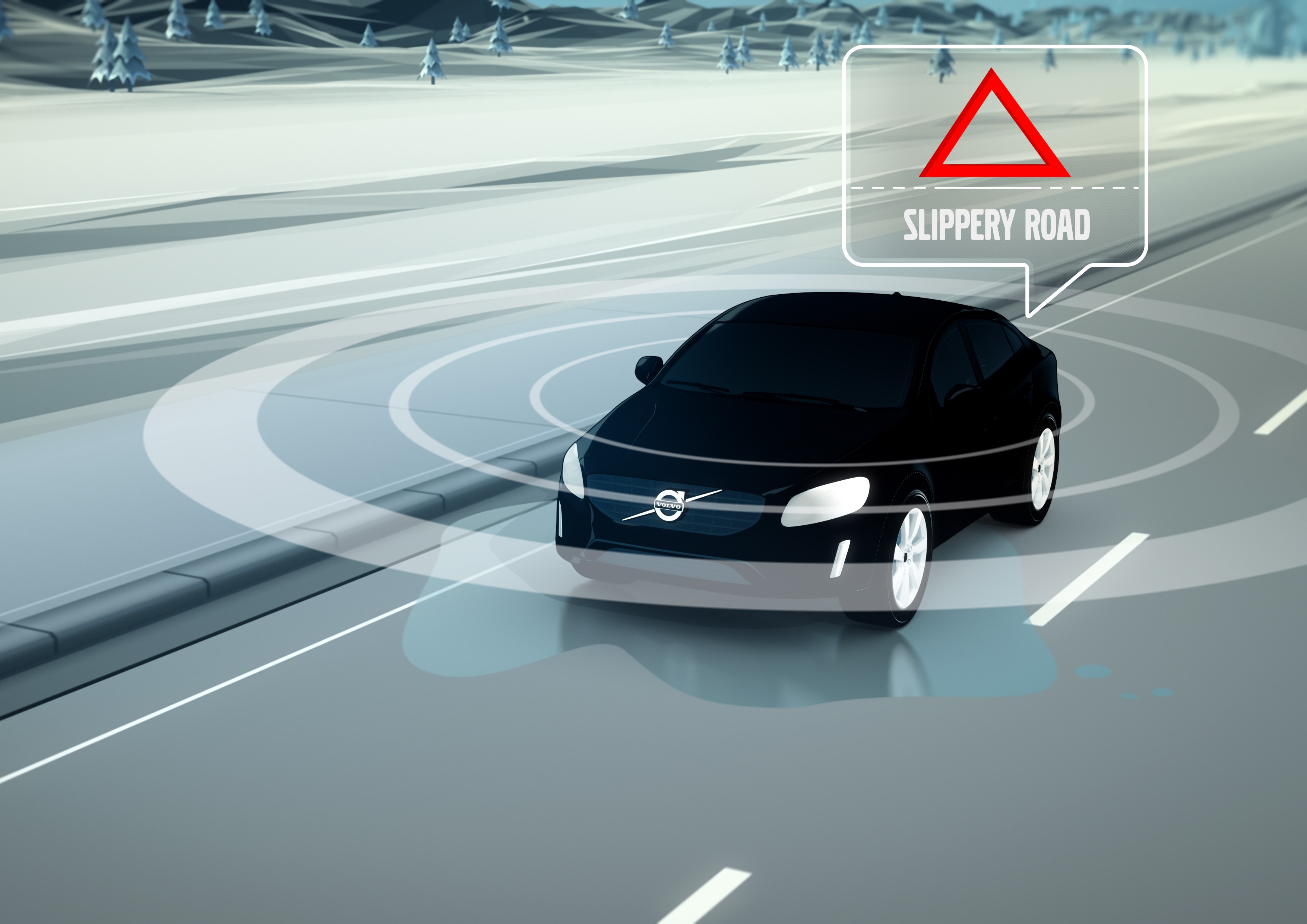

Volvo has come up with an intriguing way to help improve road safety – let the cars themselves take over.
Speaking to TechWeekEurope at Mobile World Congress, the Swedish car company revealed it is launching a trial which it hopes will cut down on the number of road accidents caused by icy, snowy or just damaged road surfaces.
Volvo is launching a pilot with a thousand of its XC90 cars (pictured left) in Sweden and Norway, both countries plagued by extreme weather conditions, which will use sensors embedded in the vehicles to transmit information about issues in the road surface.
The sensors detect when any extreme acceleration or deceleration occurs, sending this information to Volvo’s own Volvo Cloud network, based on Ericsson’s Multiservice Delivery Platform, which is then able to display a warning to other drivers encountering the same piece of road.
Volvo will also send the information to road authorities and local governments, cutting down on the time normally taken to identify issues that could potentially cause accidents and even cost lives.
The trial is part of Volvo’s push towards ‘Connected Safety’, which it sees as a key future growth area in the automotive industry. The company says that car makers have the potential to deliver real benefits to society by democratising anonymised car data, and that enabling cars with connected technology is a key part of expanding the reach of the Internet of Things.
“Imagine a world where road status data, collected by cars, is shared with other road users and with local authorities through a connected cloud: A world where the benefit of anonymised data-sharing supports convenience and life-saving services, while helping to contribute to a better society? Volvo Cars is working on realising such a future scenario,” said Klas Bendrik, vice president and group CIO at Volvo.
The company is also currently investigating a whole range of connected car services that could be provided to available in-car data and the Volvo Cloud.
This includes using smart traffic lights to improve traffic flow and offer re-routing suggestions based on real-time traffic jam alerts. Real-time warnings of dangerous weather and emergency road conditions or of emergency braking by other drivers could be provided, and Bendrik even hinted at smart cities using connected street-lights to illuminate slippery road-sections in another colour when detected by a connected car to alert other road users to dangerous road conditions.
What do you remember about MWC 2014? Take our quiz!
Two Chinese retailers warn customers in America that prices will increase next week, as Trump's…
Engineer Cristina Balan wins latest round in her long-running defamation claim against Elon Musk's EV…
Nvidia to partner with TSMC, Foxconn, Wistron, Amkor and SPIL to build $500 billion (£377…
American think tank warns about possible threat to US defence, after China imposes rare earth…
China is reportedly pursuing three alleged US NSA operatives, after cyberattacks on Chinese infrastructure
Chip making giant ASML mirrors other equipment makers, and outlines financial impact of Donald Trump's…